Yokohama Triennale 2014
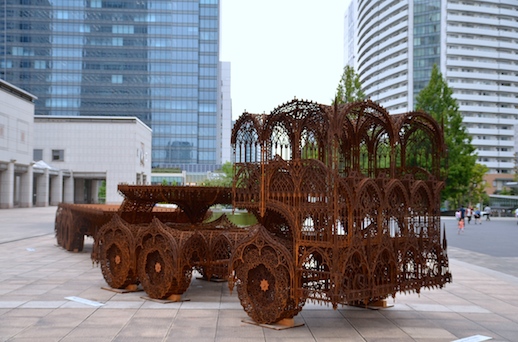
In the “Yokohama Triennale 2014 – Art Fahrenheit 451: Sailing into the Sea of Oblivion,” there’s a tremendous amount to see. Occupying the two main venues—Yokohama Museum of Art and the Shinko Pier Exhibition Hall—the triennale extends to a further five smaller venues. Known as Creative City Core Area Bases, these include BankART Studio NYK, Zou-No-Hana Terrace, Steep Slope Studio, the Hatsuko/Hinode Area and the Yokohama Creativity Centre. If you’re intent on seeing everything, be warned: an all-area ticket could easily take all day to explore. Be sure to get there early and keep idle diversions to a minimum. An exhaustive exhibition awaits. No dawdling.
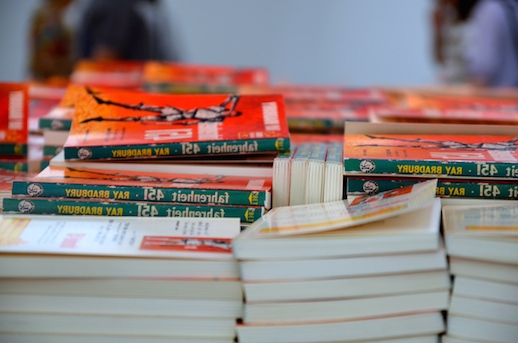
Best known for producing self-portraits appropriated from Western masterpieces, it’s perhaps unsurprising that this year’s artistic director Yasumasa Morimura has chosen a theme hidden in a reference. Taking its subtitle from Ray Bradbury’s dystopian novel, Fahrenheit 451 (1953), which depicted a society in the near future where books are burnt, the source novel took its title from the temperature at which paper auto-ignites. In Yokohama, Yasumasa’s chosen theme provides a general metaphor regarding humanity’s volatile, and potentially destructive, future.
Interpreted rather literally, the exhibition unfolds in chapters that seek to draw attention to specific sub-themes. A theme that resurfaces effectively is censorship. Of the unseen, Melvin Moti’s audio-video installation No Show (2004) recreates a tour of the Hermitage Museum in St. Petersburg during the Second World War. The only image visible is of an empty room, but the tour guide’s vivid account of what was on display conveys a collection bought alive by memory and imagination.
Storytelling takes precedence in pieces by Taryn Simon, Akira Takayama and Port B too. Taryn Simon’s series A Living Man Declared Dead and Other Chapters I–XVIII (2008–11) collates photography with text and source imagery. Tracing bloodlines and their related stories, this series took the artist all over the globe and four years to complete. Depicting multiple participants in each chapter, the presentation systematically displays portraits determined by blood relations. The results are often extraordinary, and sobering, not least because of the absences noted.
Collaborators Akira Takayama and Port B use the swell of the sea as a metaphor for change as they research “inner Asia” in the work Yokohama Commune (2014). Presented on six wall-mounted monitors are verbal accounts of people driven away from their home countries who have eventually found refuge in Japan. Told in their assumed language Japanese (with English subtitles), this work tells of their hardships and of their experience of Japan as their harbour.
In terms of medium, you might be hard pressed if you’re expecting the triennale to be flooded with painting. Even photography’s presence recedes a little, whereas sculpture, installation and video are well represented. As a general guide, larger works are mainly to be found at the hanger-like Shinko Pier Exhibition Hall. Here follows selected images of works included in the exhibition:
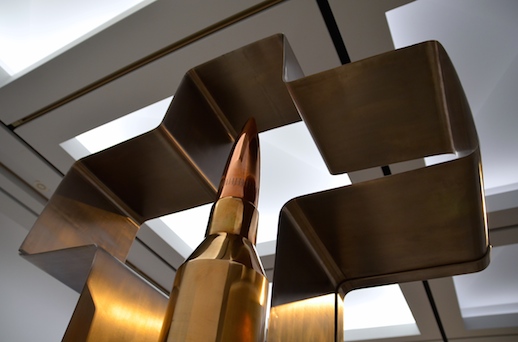
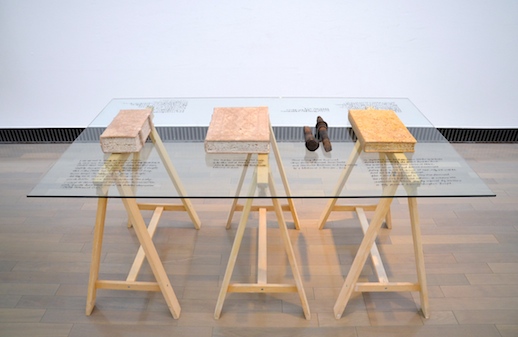
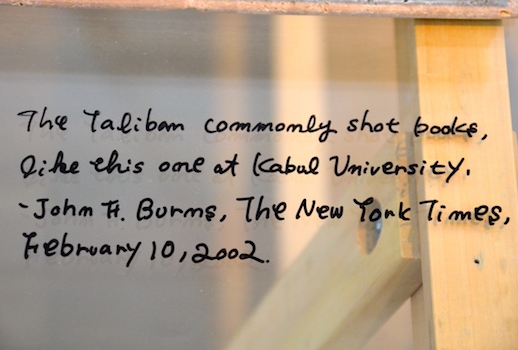
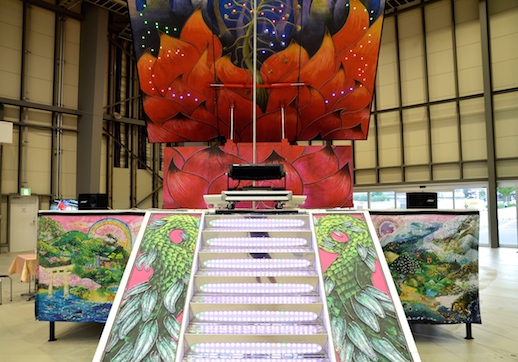
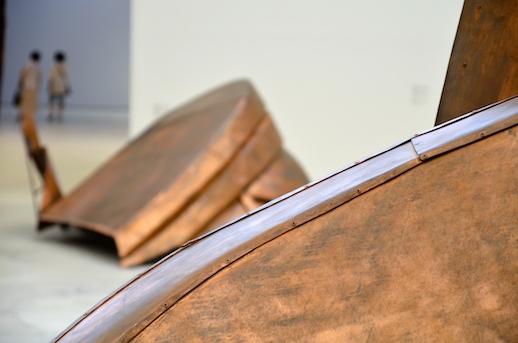
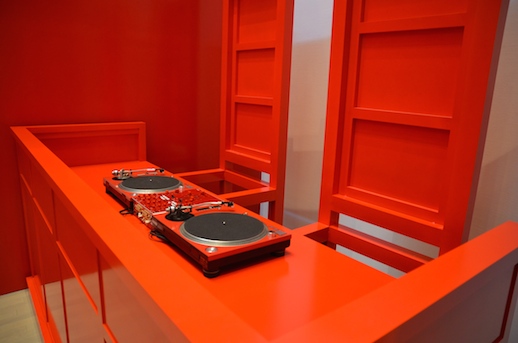
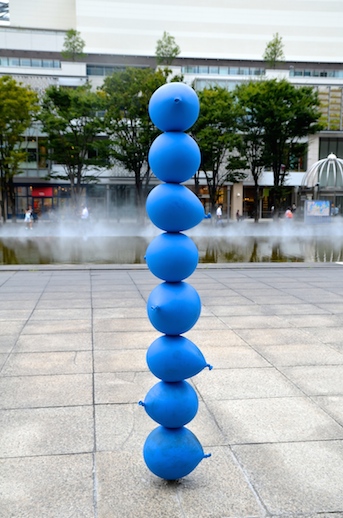
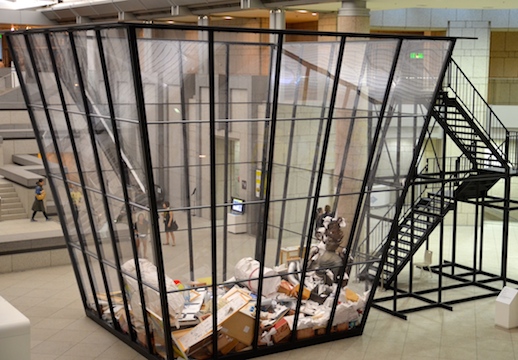
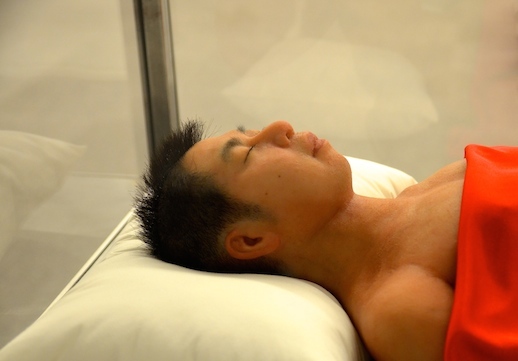
Tie-in program over at BankART Studio NYK
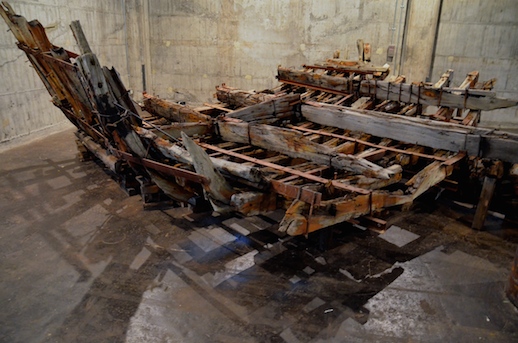
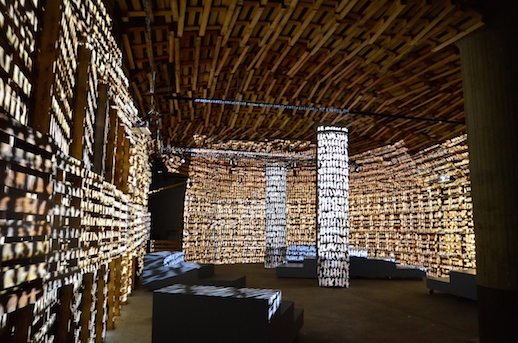
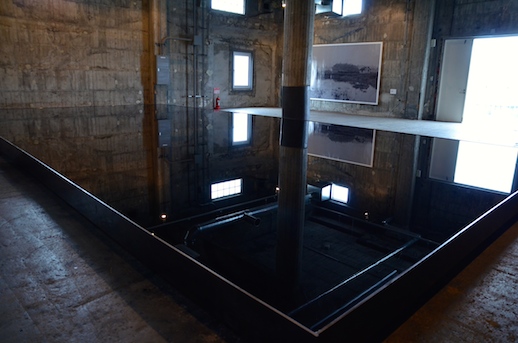
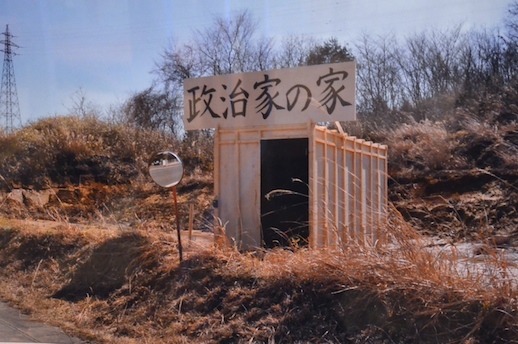
Nick West
Nick West



